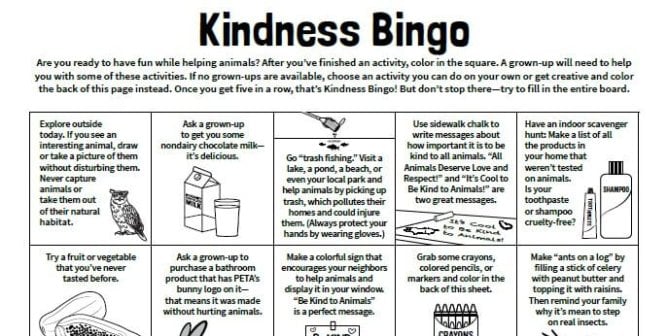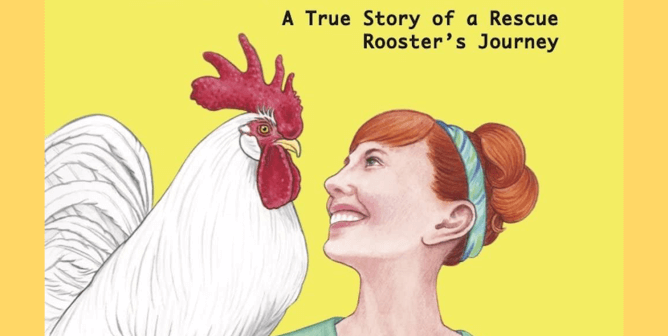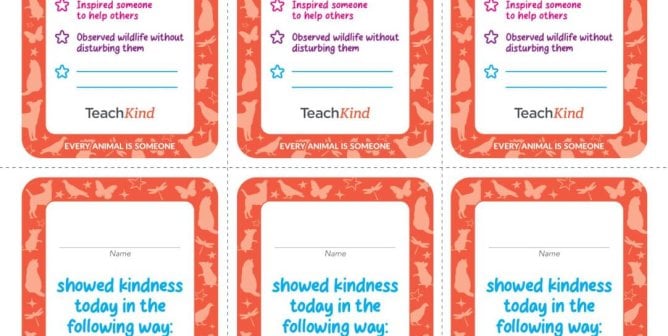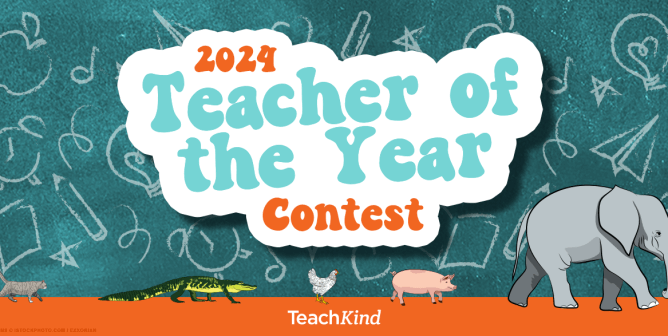Teacher Spotlight: Meet Adora Negron
Teacher Spotlight highlights the work of different humane educators, giving them a chance to share their stories and tips and inspire other compassionate teachers like you to take action for animals through education.
Welcome to TeachKind’s first Teacher Spotlight! Today, we’re shining the spotlight on Adora Negron of Vieques, Puerto Rico. Adora has held countless presentations and workshops (often accompanied by her dog, Emmet) to teach students about companion-animal care, preventing cruelty, dealing with the overpopulation crisis, and showing compassion to animals in general. She’s worked with students of all ages and is helping pioneer a new program that will get humane education into public schools in her area. Currently, Adora is working with JUNTOS, the humane-education division of the Vieques Humane Society and Animal Rescue, hosting weeklong workshops during which students learn empathy for animals and each other. Pretty great, right?
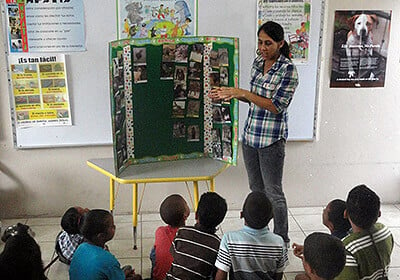
We caught up with Adora to discuss her work in humane education and asked her to share some tips with her fellow educators.
What inspires you to teach kids to show compassion to animals?
What initially inspired me was my job at the animal shelter. I saw so much abuse—I couldn’t believe the things I would see and hear. I wanted to help every animal I met. Sometimes I felt hopeless, like my efforts would never make a difference. Then I started visiting schools to talk to children about companion-animal care and preventing cruelty to animals, and I listened to their stories and opinions. In them, I started to see hope—the kind of hope I didn’t feel when trying to talk someone into spaying his dog instead of breeding her. I liked it so much that I started visiting one or two schools per week. I realized that children have a natural sense of compassion toward animals that is only corrupted by adults. If they have an adult to lead them toward a more sensible, compassionate, and empathetic way of living, when they grow up, they might do the same thing I do—try to lead others into a better future for all the inhabitants of Earth.
What have you learned from your students?
I’ve learned that you can’t lose hope or assume that someone doesn’t care or won’t change. An example was my first day of a weeklong program with a new group of students—they were rowdy, some didn’t pay attention, and they were on their phones and joking around. For a second, I questioned whether I could actually reach them. But by the end of the day, they were eager to know if I was returning. The next day, they were cooperative and practically fighting over who was going to walk my dog around the school. The best part was that on the last day of the week, one of the boys who’d started off acting too cool to pay attention actually sat with me and told me all about a wounded and abused horse his family rescued. It was a wonderful moment.
I’ve also noticed that children love to paint, draw, and express themselves through art, so usually after a workshop or speech, we all make a banner together. They trace their hands and make drawings expressing how they feel about animals and how we can all help protect them. They’ve done some beautiful work and enjoyed it very much.
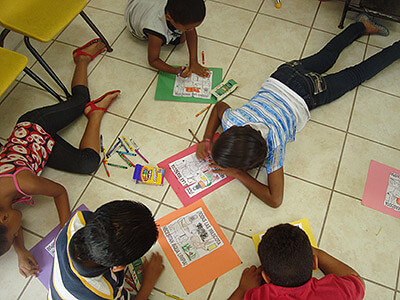
What advice do you have for other teachers who want to introduce animal rights into their curriculum?
There are so many ways to teach humane education—I believe it can be integrated into every subject. Take whatever topic or unit you are teaching and take the time to brainstorm how to integrate compassion to animals into the lesson. Organizations like PETA have free materials that are great to start with. Or start with an open discussion with your students and take it from there—find something you think is important and explore that topic together. I like to focus mainly on empathy, as I believe that is the key to making children (and adults) understand how our actions affect animals and that animals are sentient beings. If kids can relate to animals and understand that we share many of the same needs, they are more likely to respect them and treat them as they’d like to be treated.
*****Are you going above and beyond for animals in your classroom? TeachKind could put the spotlight on you next! Send us an e-mail at [email protected] to let us know how you’re incorporating humane education into your curriculum.
